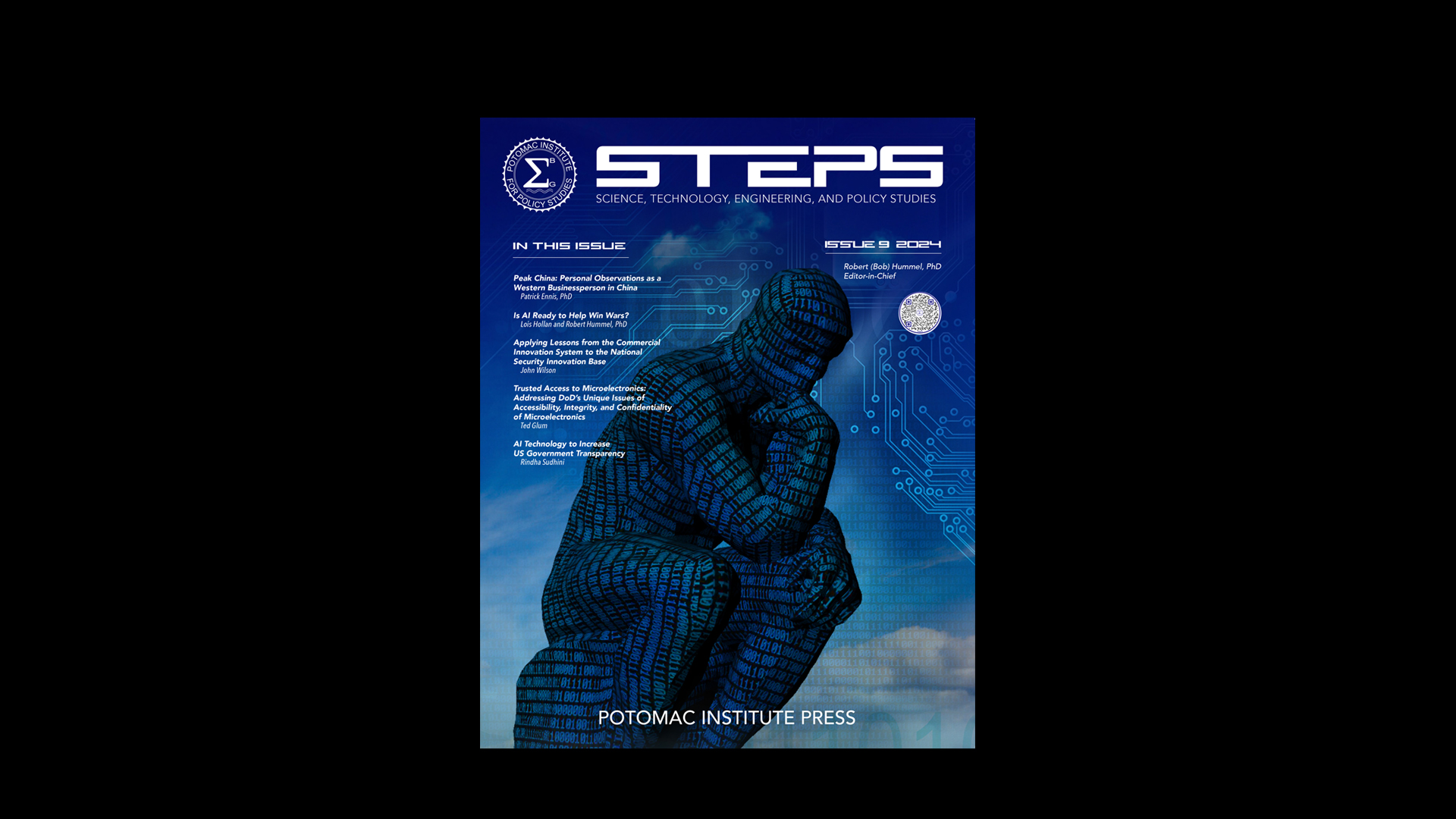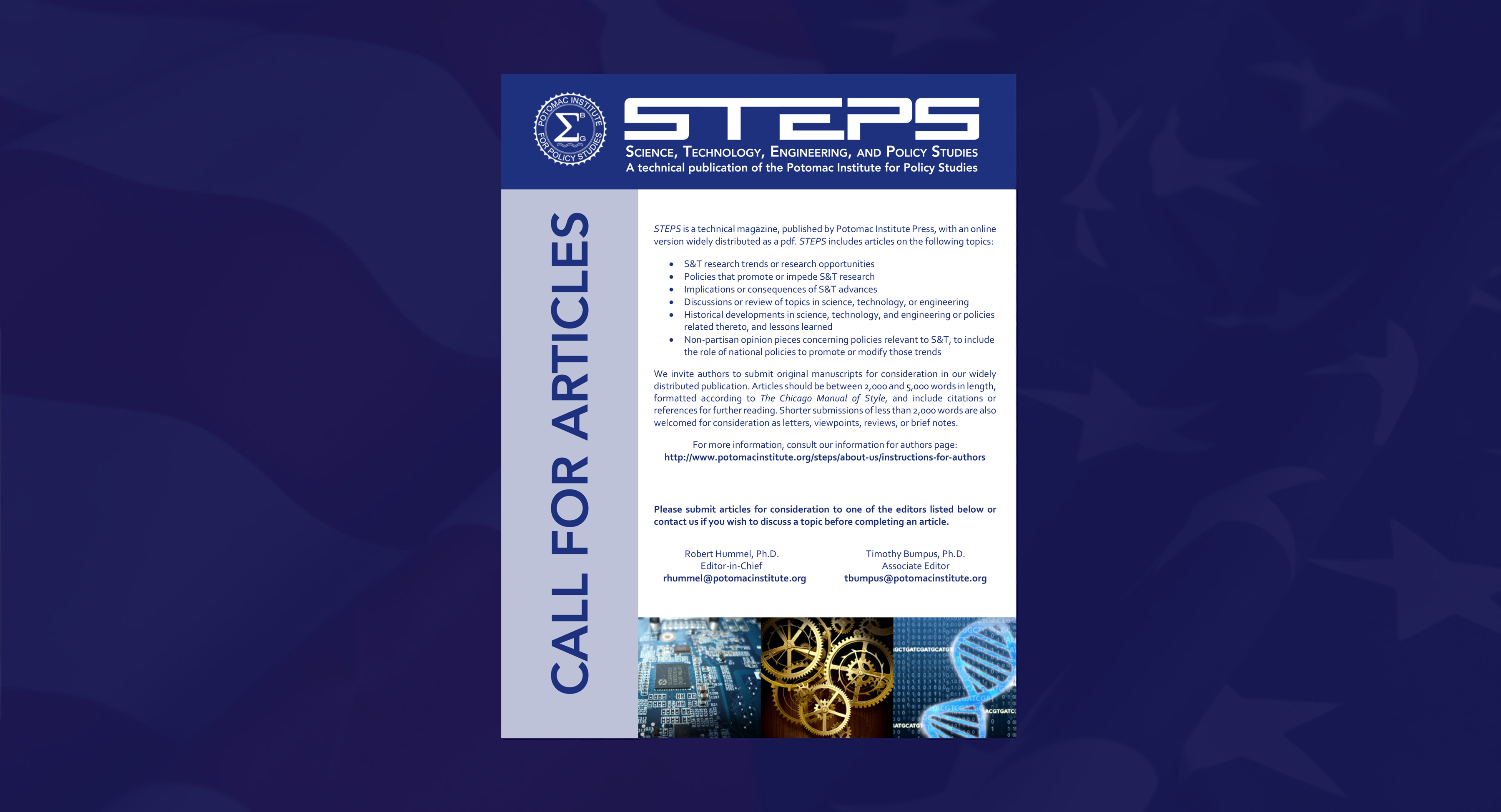The Weapons of Mass Destruction Study focuses on the technical and operational shortfalls surrounding the detection of weapons of mass destruction (WMD). It explores the detection capabilities available as well as the relevant research and development being conducted throughout the federal labs and private sector facilities in the U.S. Out of this effort will emerge an identification of current gaps in detection capabilities and an agenda for future WMD detection investment.
Commissioned by the Defense Advanced Research Projects Agency (DARPA), the study completed its second phase. The first phase of this project focused on gathering information on the shortcomings of the U.S. ability to detect WMD. Dr. David Kay, designed a methodical plan based on sound scientific methodology and techniques to determine the validity and extent of weapons of mass destruction (WMD) in Iraq. Then Potomac Institute staff member and former UN Weapons Inspector, Dr. Kay, traveled to Iraq to observe and analyze the post-war policing of the battlefield and the ongoing WMD detection efforts. There, he conducted interviews with U.S. forces and personnel engaged in weapon detection efforts. With the information gathered in these interviews, he presented a series of briefings to the U.S. government on the situation in Iraq. Immediately after Dr. Kay's briefing to the Intelligence Community, he was appointed a special advisor to the Director of Central Intelligence (DCI) and sent to Iraq to lead the WMD survey team. Dr. Kay has since rejoined the Potomac Institute.
Part of the Institute's study included a conference to bring together pertinent subject matter experts from the Department of Defense (DoD), the Defense Threat Reduction Agency (DTRA), and the Department of Energy (DOE), as well as former weapons inspectors and cutting-edge technologists. By aggregating the ideas and experiences of all these disciplines, a list of systemic process shortcomings and technology gaps were identified as problem areas within the detection process. Some of the shortfalls that were acknowledged included: the inability to analyze water, soil and air samples from a stand-off range; the difficulty in monitoring the movements of key personnel involved with the creation of WMD; and the problem of overcoming denial and deception techniques used by adversaries.
Phase II of the study focused on investigating what technologies are available or being developed that could aid the U.S. in the detection of WMD. The Potomac Institute visited the major national research facilities and met with researchers to gain knowledge of technologies in existence or under development/consideration that could aid detection efforts. It is the Institute's belief that we need to arm our decision makers and intelligence community with better tools to gain rich insights into what countries and terrorist groups are doing. This study hopes to start that process.
Project Events : The Potomac Institute held a WMD Detection conference on June 23, 2004 focusing on the problems faced by weapons inspectors operating in Iraq from 1991-2003. The outcome of this effort identified a number of key problems that are associated with the detection of WMD.

















